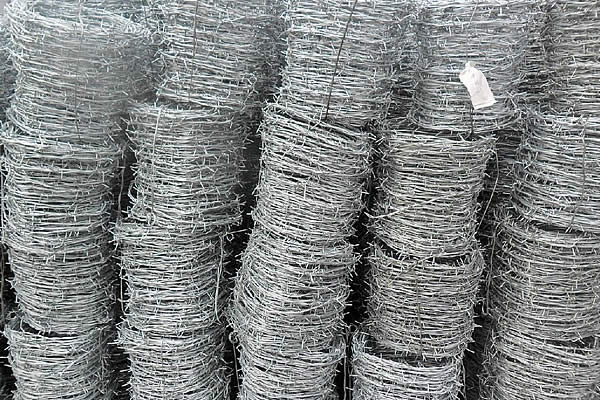 TEL:
+86-13102802206
TEL:
+86-13102802206
 Email:
fencenetting@china.com
Email:
fencenetting@china.com
 Language
Language
 TEL:
+86-13102802206
TEL:
+86-13102802206
 Email:
fencenetting@china.com
Email:
fencenetting@china.com
 Language
Language


The Role of Barbed Wire in Cattle Fencing A Historical Perspective and Practical Applications
Barbed wire fencing has played a pivotal role in the agricultural landscape, especially in the management of cattle. This innovative fencing solution, first introduced in the late 19th century, revolutionized livestock farming and property demarcation. It served not just as a barrier for cattle, but also as a symbol of progress and change in the American West and beyond.
Historical Context
The invention of barbed wire can be credited to several individuals, but it was Joseph Glidden’s design in 1874 that truly popularized its use. Before barbed wire came into play, farmers relied on wooden fences or stone walls, which were often costly and labor-intensive to maintain. With the expansion of cattle ranching in the vast open plains, these traditional methods proved impractical. Barbed wire offered a cost-effective, durable, and efficient solution to keep livestock contained and protect farmland from wandering animals.
As cattle ranching boomed, especially in the United States, barbed wire became essential for fencing vast expanses of land. It allowed ranchers to segregate their herds, manage grazing patterns, and develop innovative breeding programs. The ability to create fenced pastures helped stabilize the agricultural economy and facilitated the growth of the meat industry. Furthermore, barbed wire fencing was instrumental during the westward expansion, marking boundaries and providing security for settlers in a time of territorial upheaval.
Design and Functionality
Barbed wire consists of twisted strands that have sharp barbs placed at intervals along the wire. This design serves multiple purposes. Firstly, it deters cattle from pushing against or attempting to escape through the fence. The sharp barbs inflict a degree of pain, discouraging cattle from challenging the boundaries set by the rancher. Secondly, the visual presence of the barbed wire serves as a psychological barrier – animals are often hesitant to approach something that looks threatening.
The materials used in construction often vary, with galvanized steel being a common choice due to its strength and resistance to rust. Variations of the barbed wire design exist, including single-strand and multi-strand configurations, allowing farmers to choose the most appropriate fencing solution for their specific needs. In addition to keeping cattle securely contained, barbed wire fencing can also protect against predators, helping to safeguard livestock from threats such as coyotes and other wildlife.

Modern Applications and Sustainability
While the original design of barbed wire remains largely unchanged, modern applications have seen advancements in terms of materials and installation techniques. Today’s ranchers are also increasingly concerned with sustainability practices. Barbed wire is recyclable, and many ranchers are now implementing fencing strategies that minimize their environmental impact. For instance, rotational grazing systems—where cattle are moved between pastures—are facilitated by the strategic use of barbed wire fences. This method allows for better land management, reduces overgrazing, and promotes soil health.
Moreover, modern technology has begun to intersect with traditional farming practices. Innovations such as electric fencing can work in tandem with barbed wire to increase security and minimize the risk of livestock escaping. Electric fences can be more easily installed and require less material, providing a complementary approach to traditional barbed wire systems.
Challenges and Considerations
Despite its numerous advantages, barbed wire fencing is not devoid of challenges. Over time, barbed wire can become rusted or weakened, necessitating regular maintenance and replacement. Moreover, the use of barbed wire can inadvertently lead to injuries for both cattle and wildlife, sparking discussions about animal welfare and the ethical implications of using such fencing.
In addition, some regions have begun to reassess land use practices and fencing types to promote biodiversity and minimize ecological disruption. As ranchers seek to balance productivity with environmental stewardship, alternative approaches—such as low-tech fencing solutions or natural barriers—are gaining attention.
Conclusion
Barbed wire cattle fencing has fundamentally shaped the landscape of agriculture and cattle ranching over the past century. While it remains a crucial tool for livestock management, the evolving consciousness around sustainability and animal welfare will likely influence how barbed wire is utilized in the future. As farmers continue to adapt to changing environmental and market conditions, the legacy of barbed wire will undoubtedly persist in some form—reflecting both tradition and innovation in the ongoing story of agriculture.